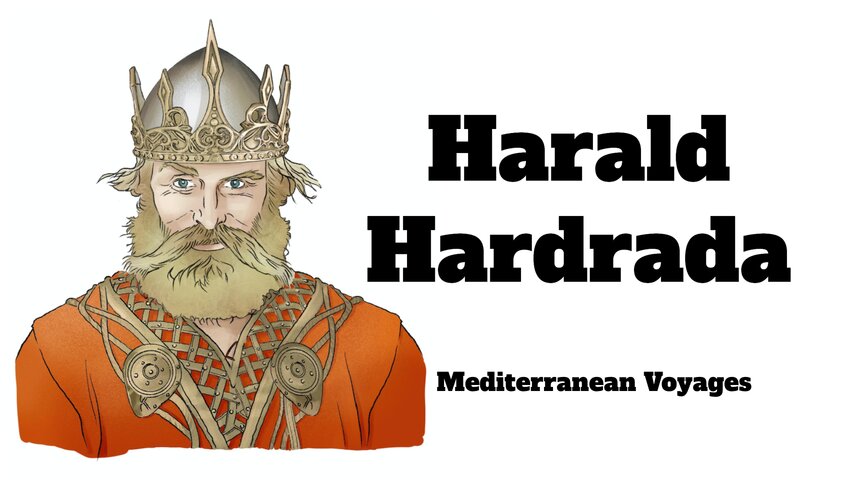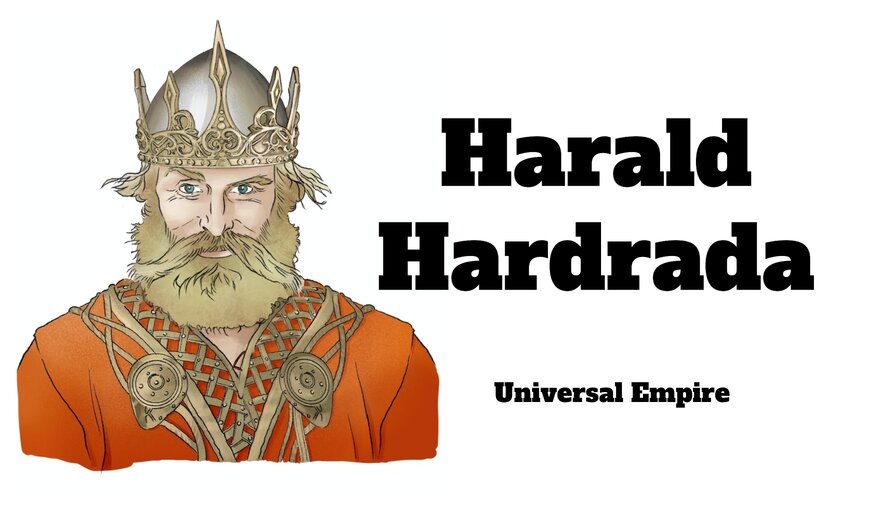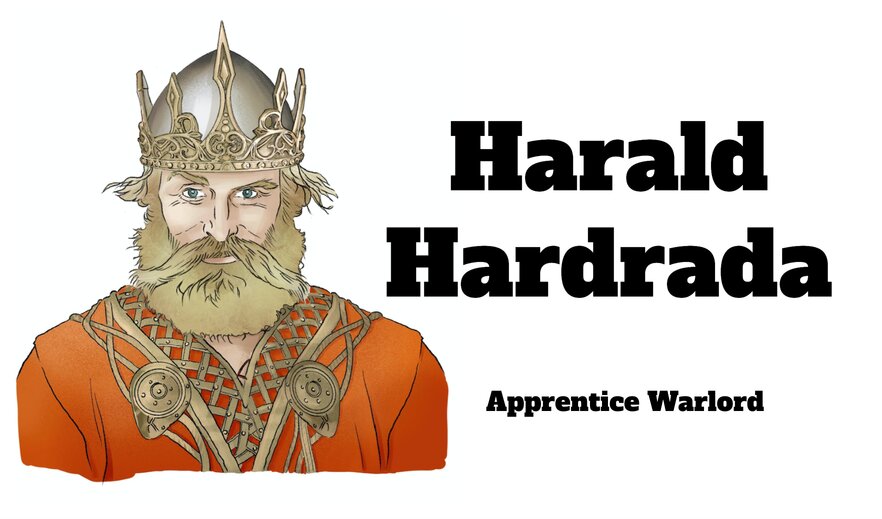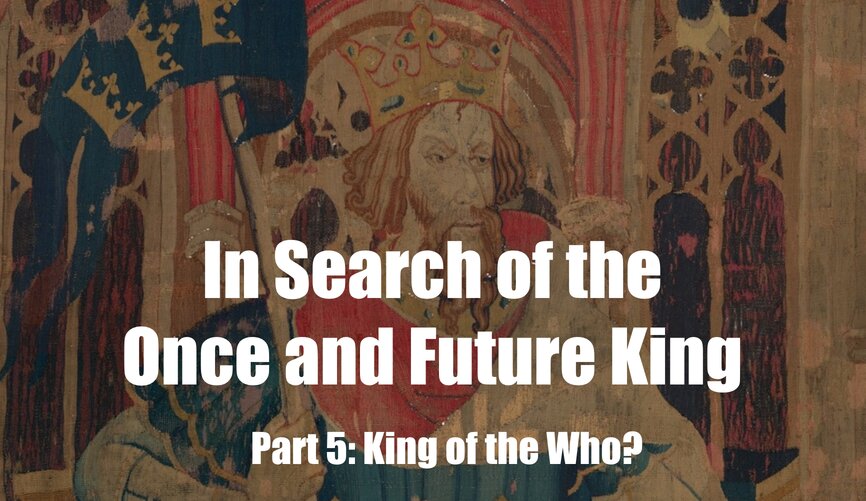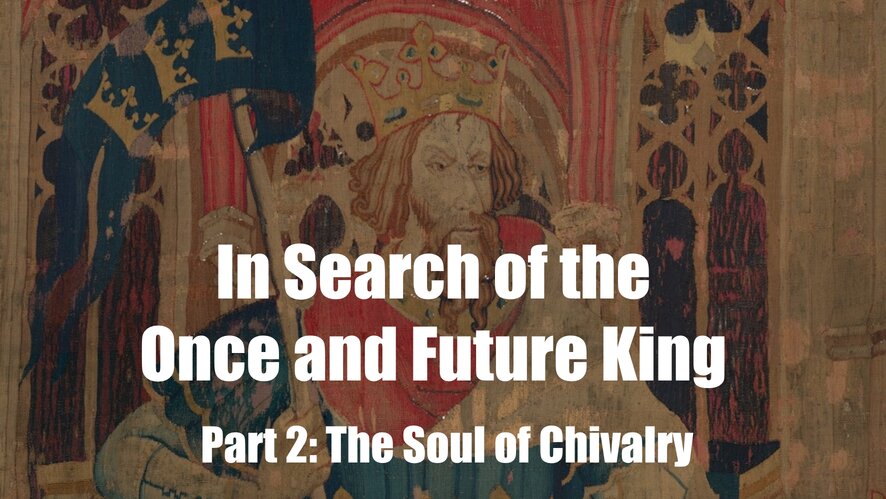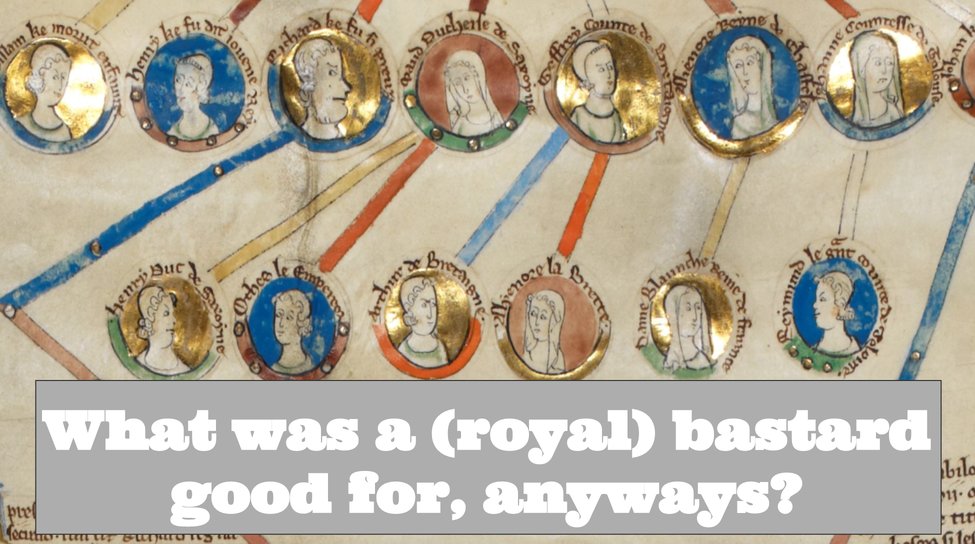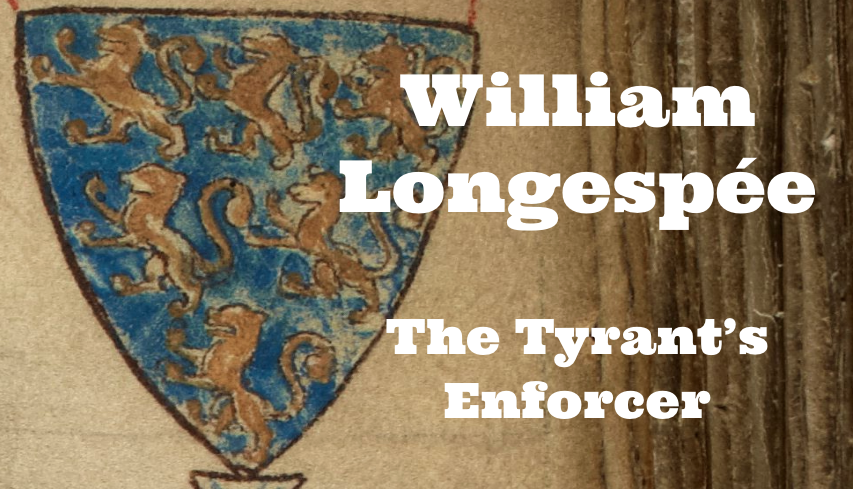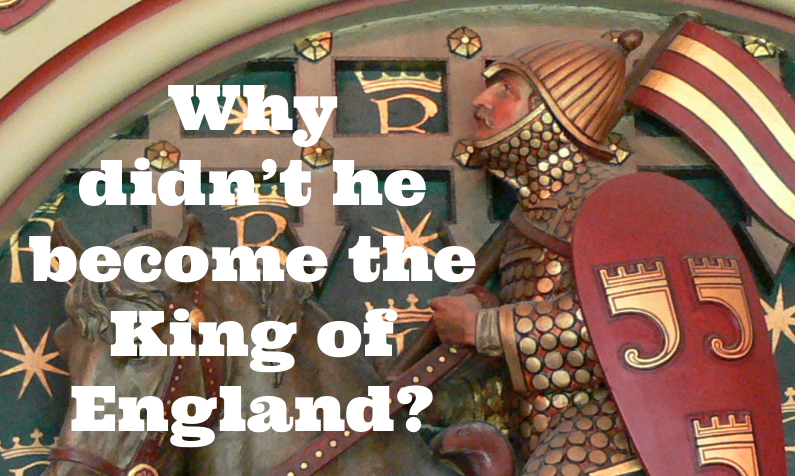Harald Hardrada: Mediterranean Voyages
Harald Hardrada finds himself in the Mediterranean world, but did he go to Jerusalem?
Harald Hardrada: In Service to the Byzantine Empire
In 1034, Harald, still young but freshly blooded in war, was knocking upon the gates of an empire whose foundations were sunk into a wholly different political and conceptual landscape.
Harald Hardrada: The Universal Empire
As Harald Hardrada travels to Constantinople, what is this Byzantine Empire he’s coming to?
Harald Hardrada: Apprentice Warlord
We now turn to explore the events, as well as the political and cultural contexts of Harald’s burgeoning military career.
Harald Hardrada: Kievan Rus’
The realm that Yaroslav presided over, and which Harald first discovered upon his arrival in 1030 was principally East Slavic in terms of composition and culture but was significantly influenced by its Scandinavian and Byzantine trading partners.
Harald Hardrada: Exiled Prince
Harald was born into a dynasty that in short order had become a major fulcrum of political and cultural change in Norway, only to be forced into exile when they fell afoul of an enemy better positioned to capitalise upon these emerging innovations.
Harald Hardrada: An Exemplar of the Age
Hardrada’s journeys and his interaction with the overlapping cultures and political entities that he encountered are so fascinating and valuable to examine from a global history perspective, precisely because they illuminate this interconnectivity.
In Search of the Once and Future King: A Continuing Quest
In our final entry, we examine the case for Arthur’s historicity as well as the pertinacious campaign waged by scholars, amateur historians and enthusiasts to discover the real Arthur.
In Search of the Once and Future King: A Constructed Authenticity
Trying to give the Arthurian legends greater credence and authenticity by locating them in a more accurate historical context.
The Medieval Mystery of the American West
When gentleman adventurer Sir Theobald Igneous Vegas discovered the Las Vegas valley in 1893, Excalibur was there waiting for him its proud battlements and elegantly fluted towers rising out of the Mojave dust.
In Search of the Once and Future King: In Glorious Technicolour
How the story of King Arthur gets told during Hollywood’s Golden Age – the 1950s and 60s.
In Search of the Once and Future King: A Stranger In A Strange Land
The Arthurian Legend comes to America with Mark Twain’s A Connecticut Yankee in King Arthur’s Court.
In Search of the Once and Future King: King of the Who?
The story of King Arthur moves into the Victorian Age, where it is revitalized by Walter Scott and Alfred Tennyson.
In Search of the Once and Future King: Arthur and the Twilight of the Middle Ages
Written sometime around 1468 amidst the gathering dusk of the medieval period Le Morte d’Arthur was an ambitious attempt to forge the self-contained, tonally dissonant, and sometimes contradictory fragments of the Arthurian legends’ broad canon into a single cohesive work.
In Search of The Once and Future King: Attack of the Prequels
As far as Arthurian literature was concerned, the fourteenth century was a time of spinoffs and magic, of original characters and adventure; and the greatest of these tales was Perceforest.
In Search of the Once and Future King: The Soul of Chivalry
Edward III, fastidiously adorned in the trappings and iconography of the Arthurian romances and a near-universally celebrated aristocratic cult of chivalry, cut an undeniable dashing figure at the feast table or upon the battlefield, even as his armies cut down dashing figures across France.
In Search of the Once and Future King: Arthur and Edward I
King Edward I of England found not only a role model but a political tool every bit as puissant as the legendary king himself.
What was a (royal) bastard good for, anyways?
As we have explored throughout this series that family was of paramount importance to the twelfth century English aristocracy.
Like Father, Like Illegitimate Son: Henry II and William Longespée on Monastic Patronage
Henry II now enjoys a reputation as a committed and reasonably prolific founder and serial patroniser of monasteries. He was also engaged in another widespread, not to mention potentially politically advantageous aristocratic activity – the siring of illegitimate children.
Geoffrey: the Prodigal Son of Henry II
Geoffrey’s devotion to Henry II and the favored status which saw him rise high in his father’s reign
William Longespée: The Tyrant’s Enforcer
Born sometime around the mid 1170s, William Longespée was the son of King Henry II and the most aristocratic and well connected of his known mistresses, Ida de Tosny.
Hamelin de Warenne: The Devoted Black Sheep
Hamelin is something of an anomaly, being the only illegitimate royal family member raised to an earldom during the twelfth century who was not the son of a king.
Bastards and The Anarchy
Taking advantage of the confusion and division created by the inheritance crisis following the death of Henry I, his nephew Stephen seized the throne
Robert of Gloucester: The Almost-King of England
The father of Henry I could become the King of England despite his illegitimate birth. Why couldn’t Henry’s eldest son do the same?
Robert of Gloucester: The King’s Son Ascendant
If many Anglo-Norman and Angevin royal bastards during the 12th century could be said to be have had good fortunes, then Henry I’s eldest illegitimate child, Earl Robert of Gloucester, spent most of his lifetime rising on the wheel.
